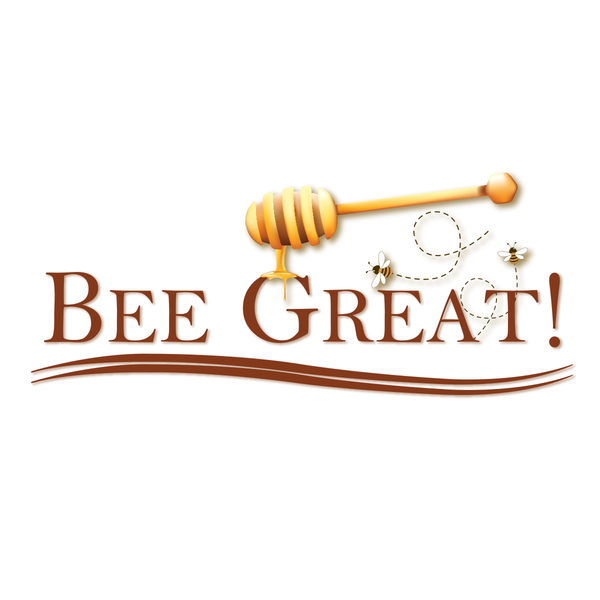
Bee Great Honey Harvest 2021
David MullinsShare
With the opening of the Bee Great Marketplace in Churubusco, we're making plans to provide much needed beekeeping supplies and services in Northeast Indiana. Our plan is to start offering beekeeping classes in January 2022 and have a fully stocked showroom of beekeeping supplies to meet the needs of area beekeepers. So be sure you're on our email list for more information about this exciting, new expansion of the Bee Great Marketplace. Here's a brief explanation of how we start hives in the spring to end up with the delicious honey we harvested at the end of the summer this year.
This was our first year selling nucs and providing beekeeping services. When we split hives this year, we had three goals in mind. First, we wanted to produce enough bees for our new Beekeeping Service customers. Second, we wanted to sell nucs to fellow beekeepers. And third, we wanted to grow our own bee farm. Spring rain didn’t make it easy for us, and that cold snap in May with 30 degree temps made it doubly hard this year to raise new colonies of bees. With some unforeseeable delays and a little coaxing, we turned 20 hives into 60.
We had to feed more sugar water to the bees this year than in the past due to the heavy rains in June. The sugar water provides the bees a close source of food, which saves a countless amount of energy when rain prevents them from foraging. By mid-June, feeders were removed and the bees were treated for mites. By the last week of June all of our hives had honey supers added. We always remove feeders prior to adding honey supers. This ensure our honey has no sugar- or anything else- added. It’s all 100% pure Hoosier wildflower honey!
We harvest honey in August. That's when we treat again for mites. This gives the queen time to lay new eggs for the winter in a mite-free (or so we hope) hive and the September honey they produce - mostly from Goldenrod - can fill their hives to the max with honey for their winter stores.
The process of harvesting honey is simple in context, but taking honey supers away from bees is no small task. Bringing honey to the point of extraction has to be a quick process from taking the supers off the hives to loading them on a trailer, then bringing them inside of our building. Honeybees can detect honey from miles away and will try their best to get to it.
Each honey super contains frames that are removed and uncapped. From uncapping, they move to an extractor that spins the honey from the comb. The honey will move through a series of holding tanks that separate the honey from the pieces of comb that found their way into the tanks. After most of the large bits of wax have been removed, our Indiana-Wildflower Raw Honey is ready to be bottled and made into our award winning Rum Barrel Honey along with our many other fine products!

